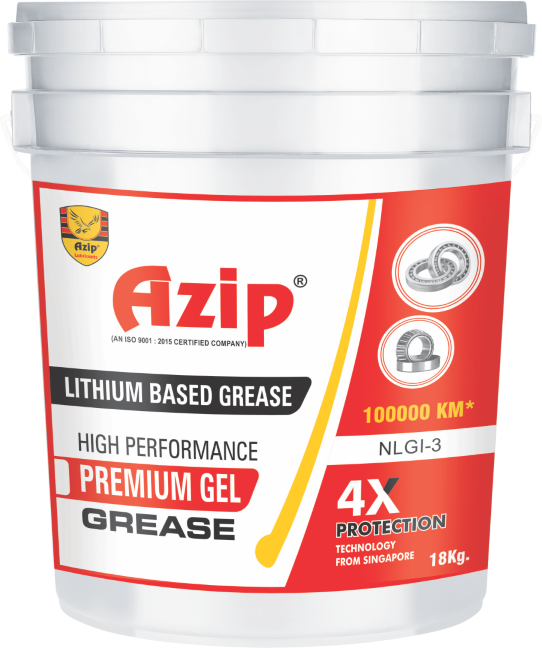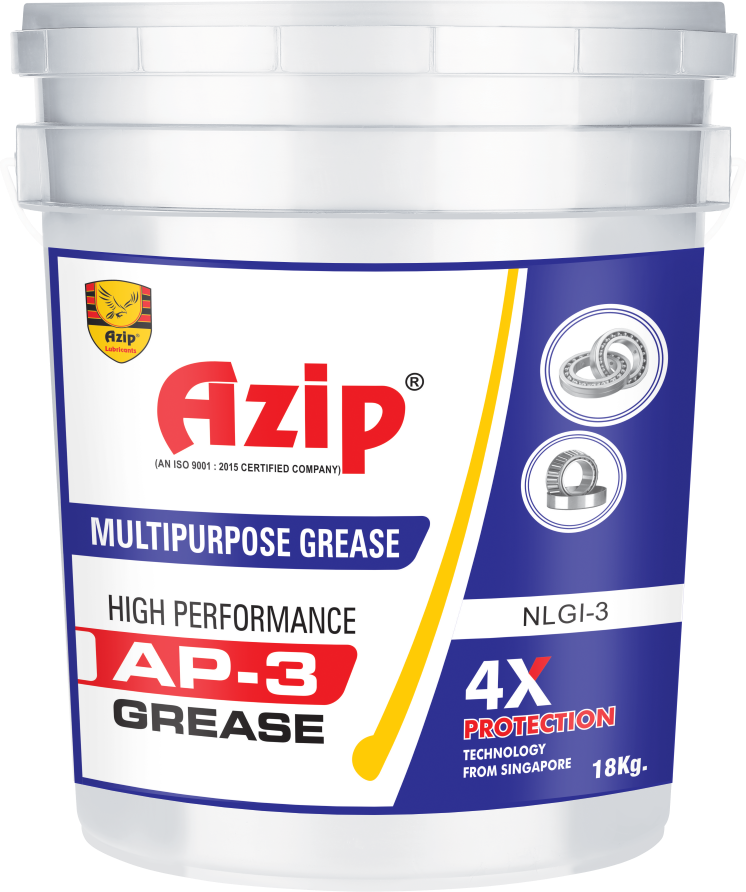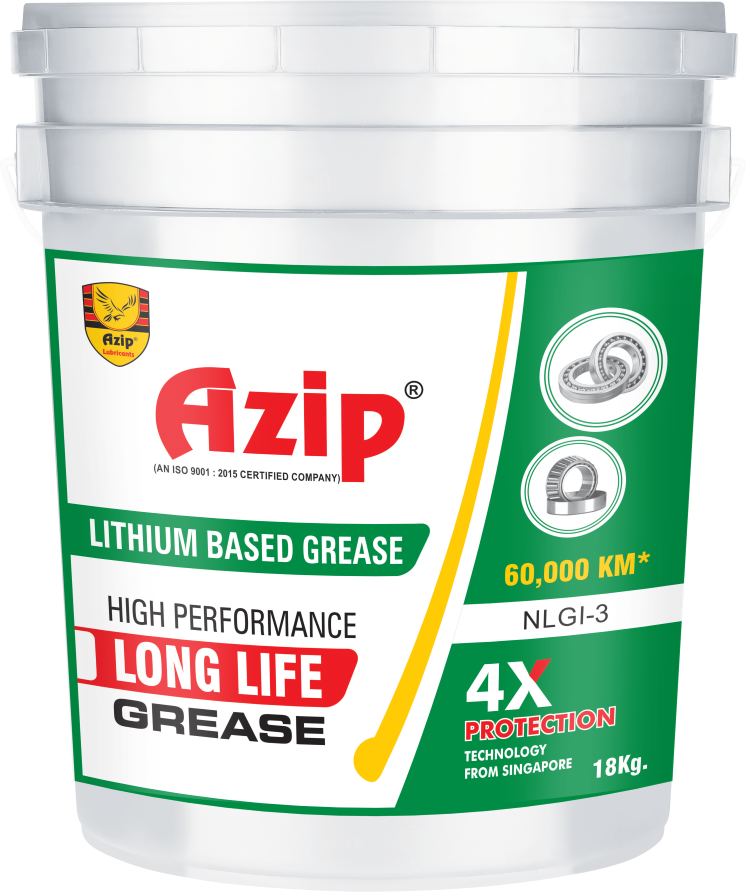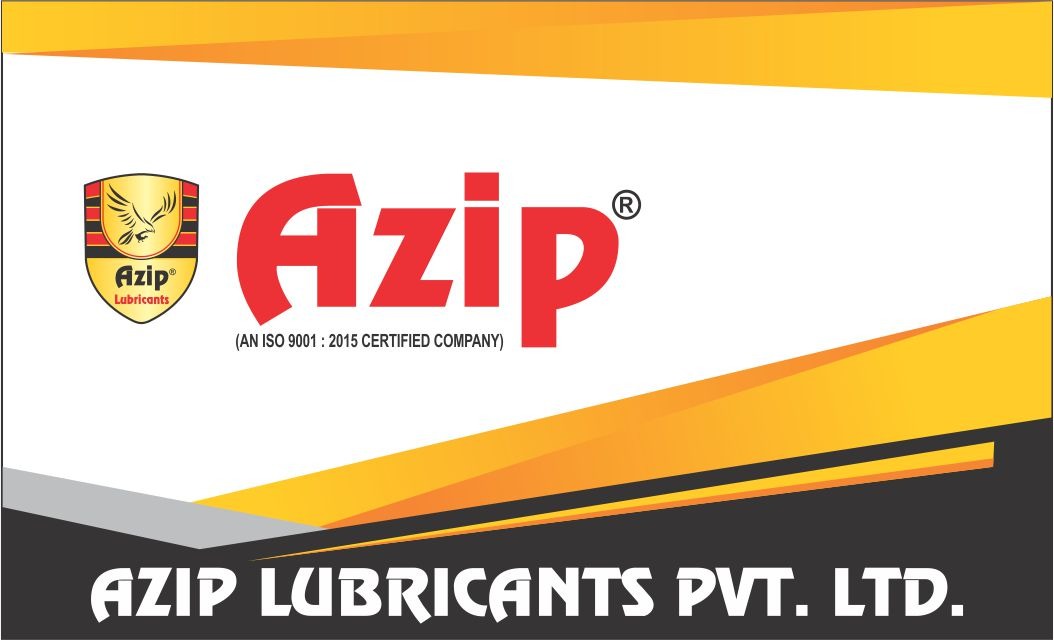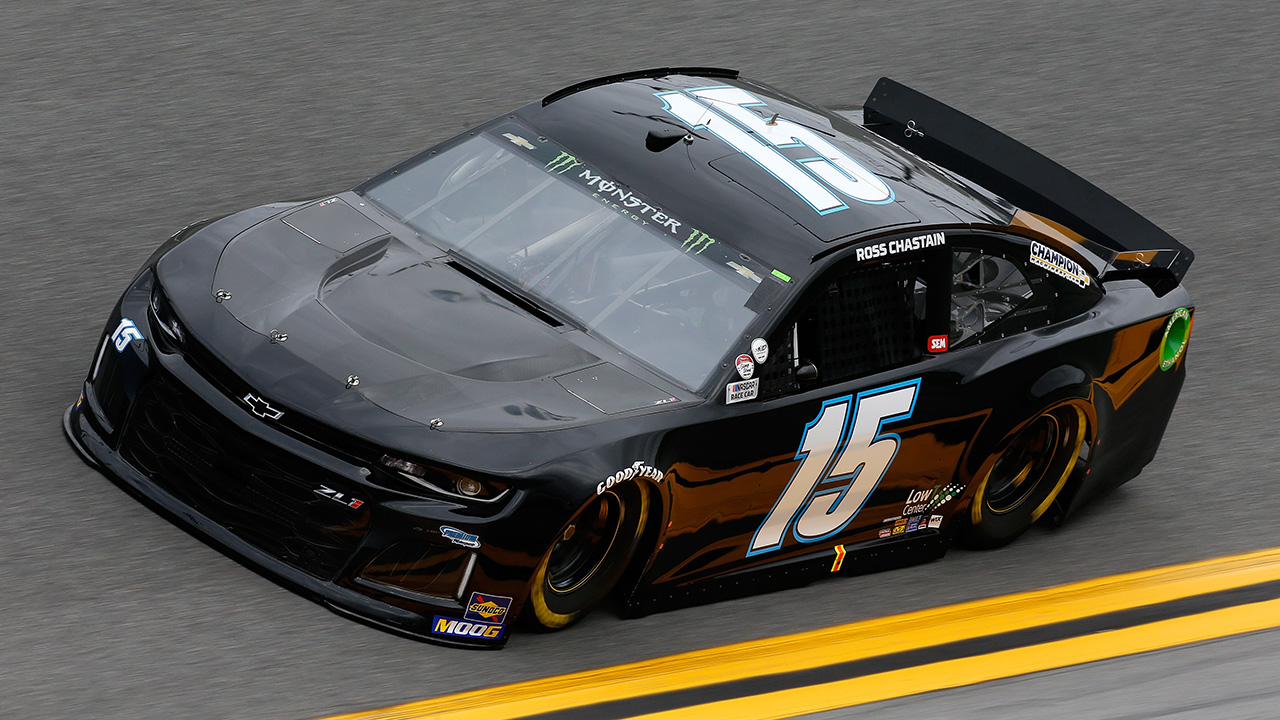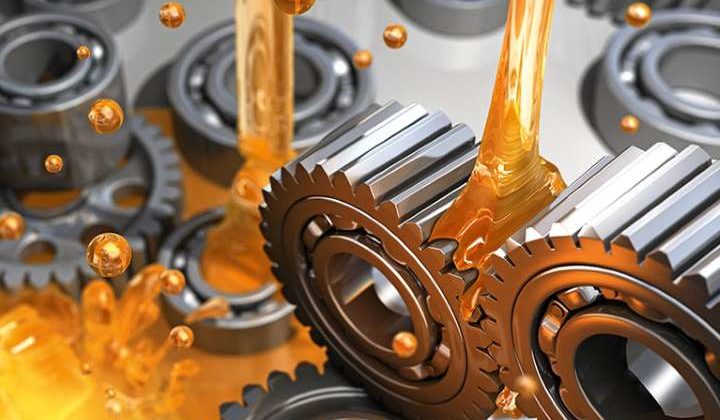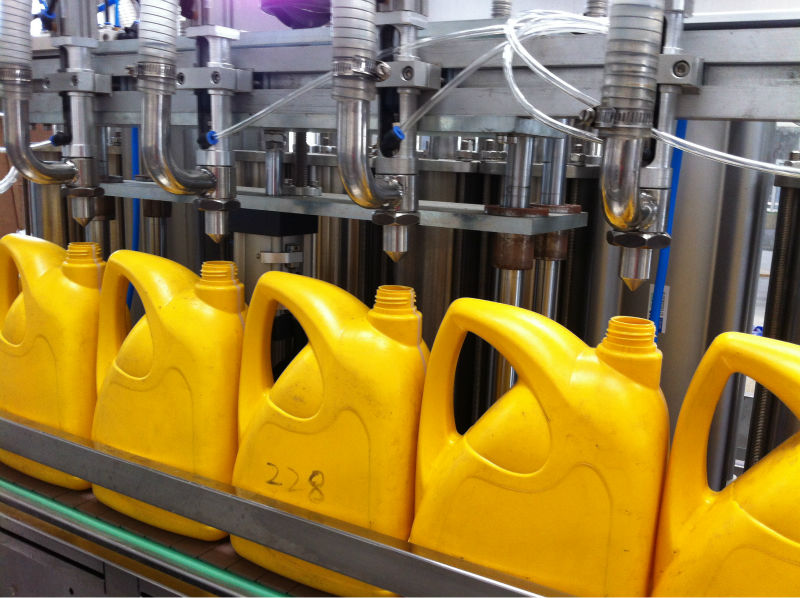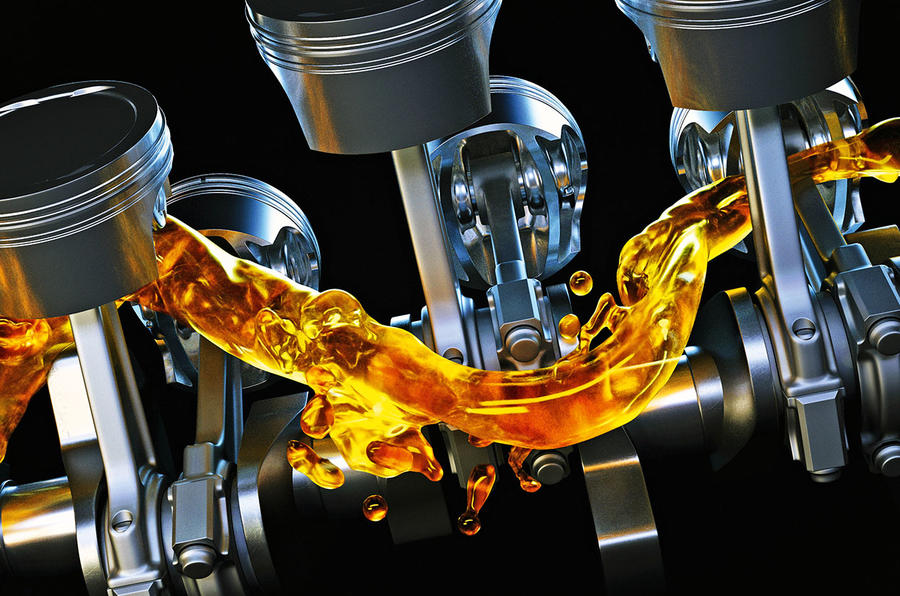PRACTICAL GUIDE TO OIL ANALYSIS
The practice of oil analysis has drastically changed from its original inception in the railroad industry. In today’s computer and information age, oil analysis has evolved into a mandatory tool in your reliability centered maintenance program. As a predictive maintenance tool, oil analysis is used to uncover, isolate and offer solutions for abnormal lubricant and machine conditions. These abnormalities, if left unchecked, usually result in extensive, sometimes catastrophic damage causing lost production, extensive repair costs, and even operator accidents. The goal of a world-class oil analysis program is to increase the reliability and availability of your machinery, while minimizing maintenance costs associated with oil change-out, labor, repairs, and downtime. Accomplishing your goal takes time, training and patience. However, the results are dramatic and the documented savings in cost avoidance are significant! We have seen savings of up to 35 or 40 O/o in savings for less use of spare parts.













